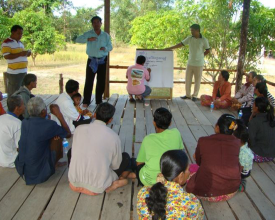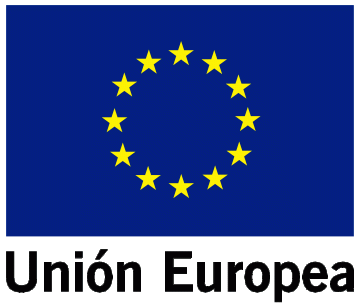
Plan de cogestion adaptatif, communautaire et résilient
Le processus d'élaboration d'un plan de cogestion adaptatif, communautaire et résilient pour le Sanctuaire de faune de Peam Krasop (PKWS) au Cambodge répond au besoin d'adaptation au changement climatique par le biais d'une approche participative. Ce plan soutiendra la résilience de l'écosystème et de la société grâce à l'entretien et à la restauration des zones de mangrove, au développement de moyens de subsistance alternatifs et à la conservation d'espèces clés.
Contexte
Défis à relever
Emplacement
Traiter
Résumé du processus
Blocs de construction
Comprendre les impacts et les menaces au niveau local
Facteurs favorables
Leçon apprise
Créer un sentiment d'appartenance
Facteurs favorables
Leçon apprise
Essai des techniques de conservation et de réhabilitation
Facteurs favorables
Leçon apprise
Élaboration d'un plan de gestion des solutions partagées
Facteurs favorables
Leçon apprise
Transposition à l'échelle nationale et échanges transfrontaliers
Facteurs favorables
Leçon apprise
Impacts
L'intervention de dragage du chenal apportera deux avantages principaux aux habitants de Koh Kapik. Tout d'abord, elle aura des retombées socio-économiques. Elle permettra aux membres de la communauté locale d'avoir un meilleur accès aux soins de santé, à l'éducation et à l'approvisionnement en eau douce. En outre, il améliorera les moyens de subsistance de la population locale, car elle pourra aller pêcher tous les jours sans avoir à naviguer en bateau et dépensera moins de temps et d'argent en carburant. En outre, il améliorera l'échange de biens et de services, comme l'importation de riz et d'autres produits de base et l'exportation de marchandises provenant des pêcheries de capture. L'accès 24 heures sur 24 à ce canal aidera les populations locales à réduire leur vulnérabilité face aux risques naturels tels que les tempêtes, car elles pourront utiliser le canal pour s'échapper. Avant l'ouverture de ce canal, ils devaient emprunter des routes maritimes plus exposées aux risques. Deuxièmement, les habitants de la communauté bénéficieront d'avantages environnementaux. Le dragage améliorera la biodiversité en facilitant les mouvements de certaines espèces aquatiques et en améliorant la qualité de l'eau. Il contribuera également à accroître les ressources aquatiques vivant dans les forêts de mangrove.

